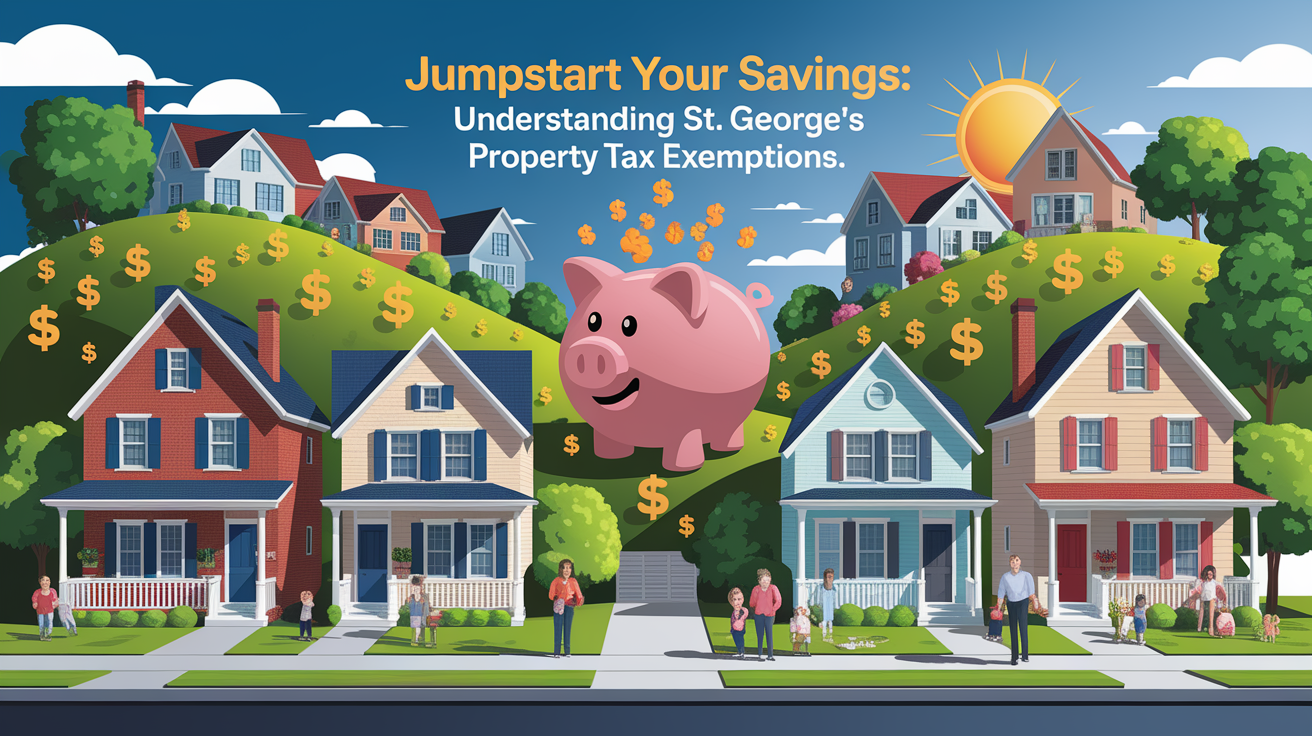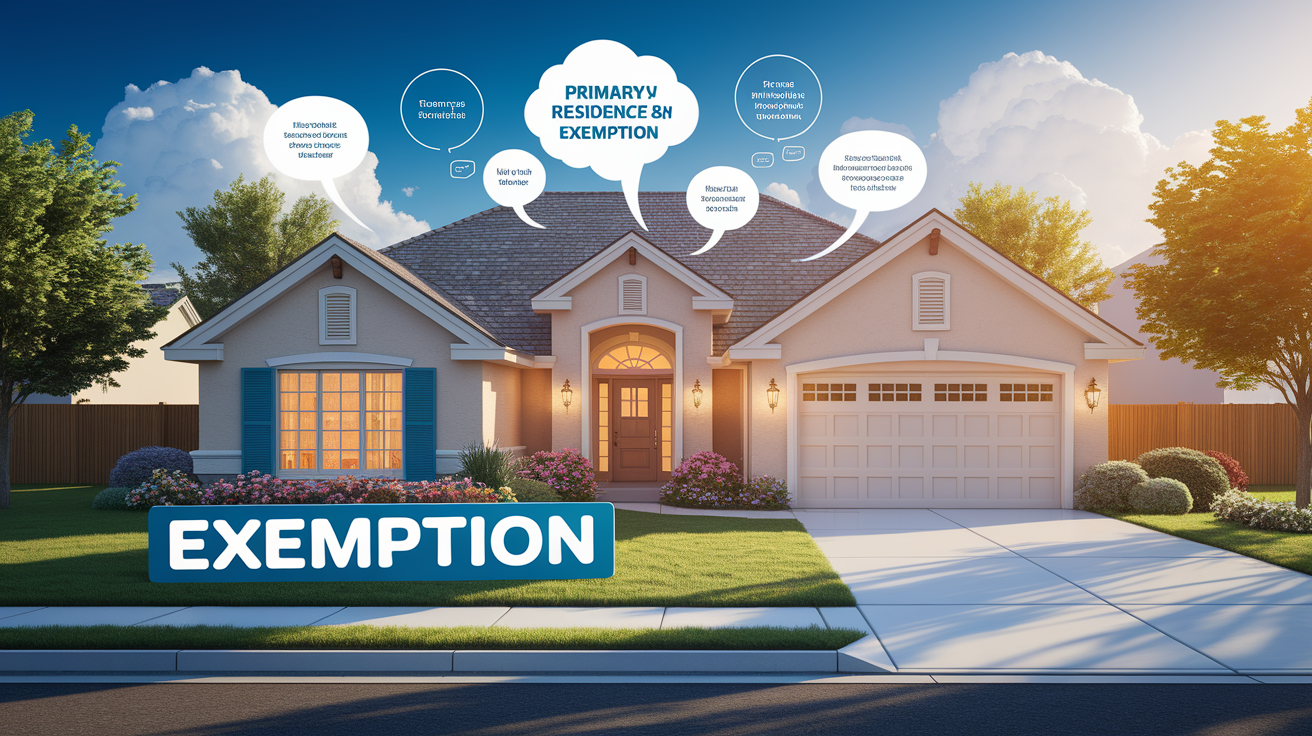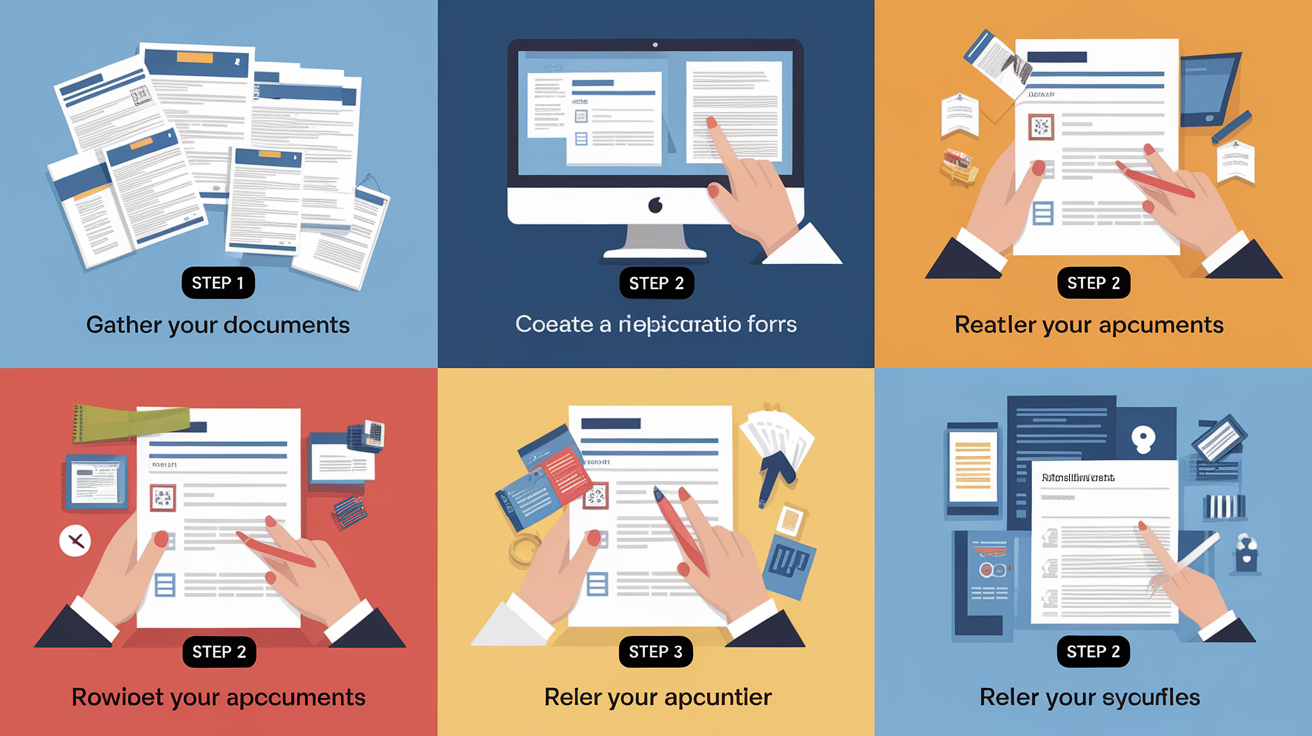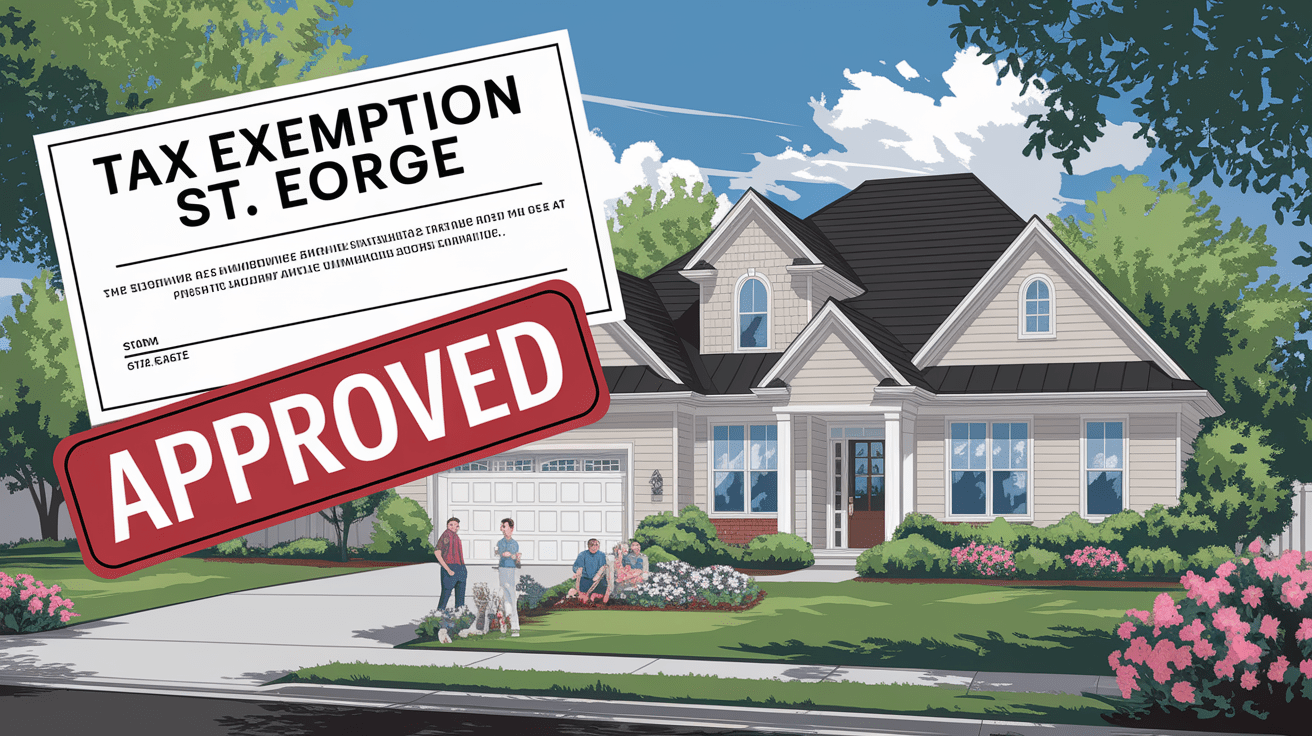Slash Your St. George Property Tax Bill: A Simple Guide to Exemptions
Jumpstart Your Savings: Understanding St. George’s Property Tax Exemptions
Living in St. George, Utah, comes with plenty of perks—sunshine, red rock views, and a friendly community. But if you own a home here, you also have a chance to save a significant amount on your annual property tax bill through local exemptions. Washington County offers several tax relief programs, and chief among them is the Primary Residence Exemption. This can reduce the taxable value of your home by nearly half, which means more money stays in your pocket.

Understanding these exemptions, especially the primary residence one, is key to making sure you’re not paying more than you need to. And the good news is, they’re not difficult to apply for once you know the steps.
Primary Residence Exemption Explained
In St. George, qualifying homeowners can take advantage of the Primary Residence Property Tax Exemption. This program exempts 45% of your property’s market value from taxes, so you’re only taxed on the remaining 55%. For example, if your home is valued at $400,000, you’ll be taxed as though it’s worth $220,000. Given St. George’s general property tax rate of about 1.1%, the savings add up quickly.

It applies only to your full-time permanent home and up to one acre of land. Rental properties, vacation homes, cabins, or time-shares don’t qualify. This rule ensures that the benefit is focused on year-round residents.
Qualifying Your Home as Your Primary Residence
A primary residence is simply your main home—the one you live in most of the time. To determine if your property qualifies, assessors look at factors such as:

- Where you file your income taxes
- The address on your driver’s license
- Your voter registration location
- The amount of time you spend at the property
Only one such exemption is allowed per household, and your full-time occupancy needs to be clearly established. If your home is only used seasonally or mainly rented out, you won’t meet the requirements. You can check the official criteria on St. George Utah Property Tax Information.
Applying for Your Exemption Step-by-Step
If your home meets the qualifications, securing this tax break is straightforward. Here’s a typical process:

- Gather proof of residency (driver’s license, voter registration, utility bills showing your address).
- Complete the exemption form from the Washington County Assessor’s Office.
- Submit the application along with your documents before the county deadline—usually early in the tax year.
- Keep a copy for your records in case verification is needed.
You can find the official application and instructions on the Washington County Residential Exemption page. You only need to apply once for your primary residence, but if you change homes, you must reapply for the new property.
Additional Exemptions and Relief Programs
Washington County offers more than just the primary residence exemption. Other programs can help reduce property taxes for specific groups:

- Disabled Veteran Exemptions – Available for qualifying veterans with certified disabilities.
- Legally Blind Exemptions – Requires medical documentation.
- Senior Citizen Exemptions – Helps older residents manage municipal property taxes.
- Nonprofit Property Exemptions – For properties used exclusively for religious, charitable, or educational purposes.
Each program has its own rules, application forms, and annual deadlines—often around September 1. More details can be found on the Washington County Property Tax Relief Programs page and the auditor’s Exempt Properties guide.
How Taxes Are Assessed and Appealed
Every year, the county assessor determines the market value of your property. St. George’s property tax rates hover near 1% of assessed value, with some reports putting the median effective rate around 0.39%—lower than the national average. Your taxable amount is adjusted after applying exemptions.
If you believe your property value is set too high or an exemption hasn’t been applied correctly, you can appeal. The appeal process involves:
- Reviewing your property assessment notice
- Gathering evidence (recent home sales, appraisals)
- Submitting a formal appeal to the county within the stated period
You can learn more about rates, assessments, and appeal procedures in the overview of property tax rates and assessment practices.
Locking In Long-Term Savings
Once your exemption is in place, it stays active as long as the property remains your primary residence. This can mean steady savings year after year. Remember to inform the county if your occupancy status changes—you don’t want to risk losing eligibility or facing back taxes.
Staying aware of deadlines, keeping good records, and taking advantage of all the programs you qualify for can make a noticeable difference in your annual property tax bill. In St. George, these homeowner benefits are here to keep your costs manageable and help you enjoy more of what living in this beautiful part of Utah has to offer.







